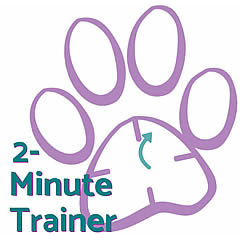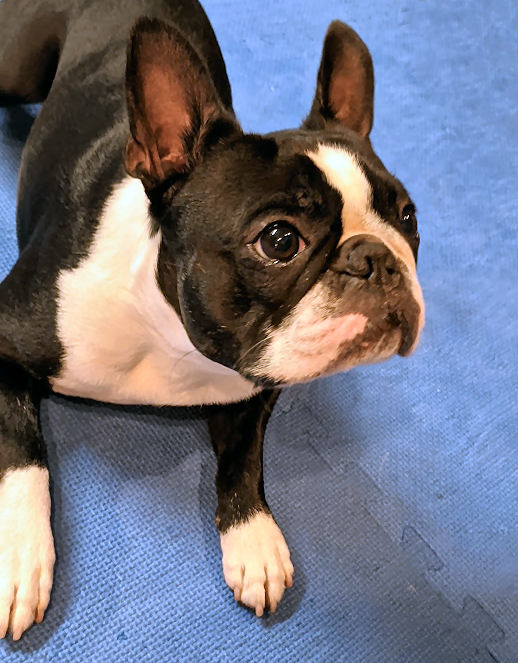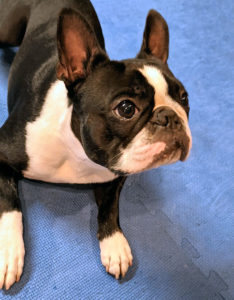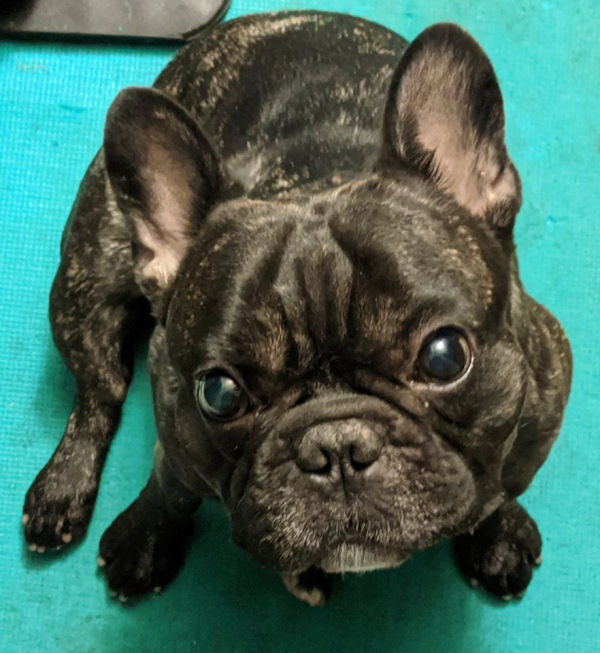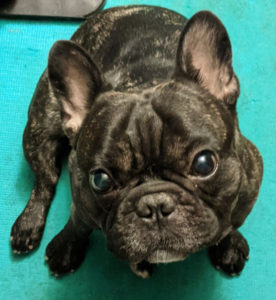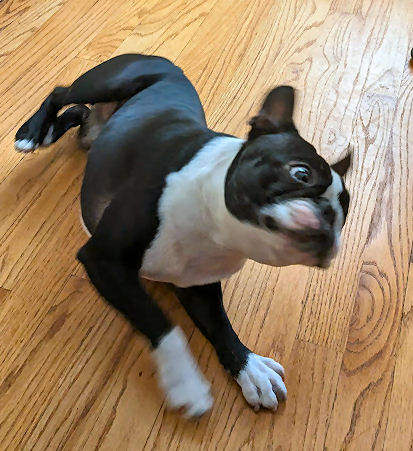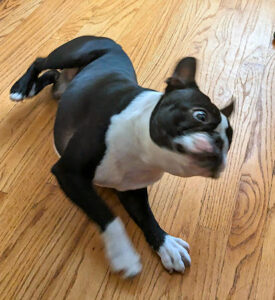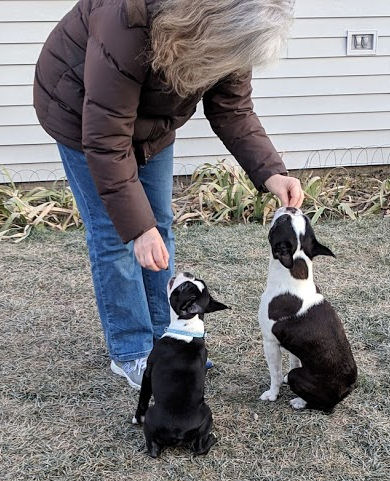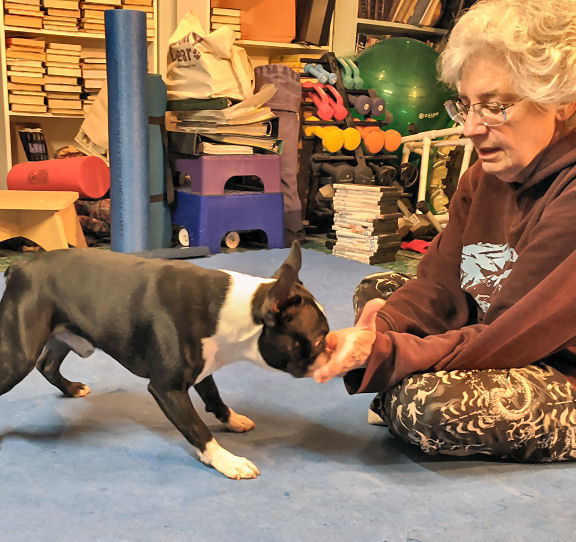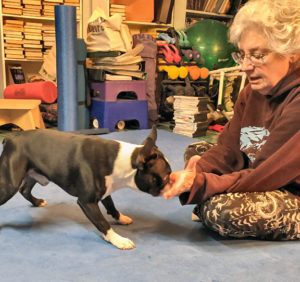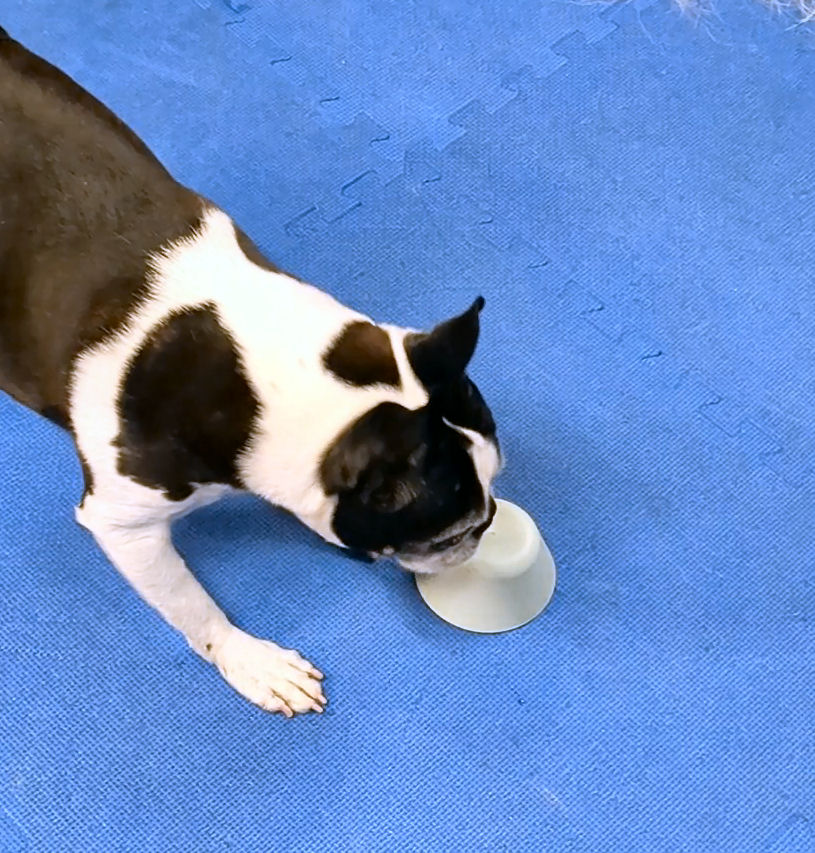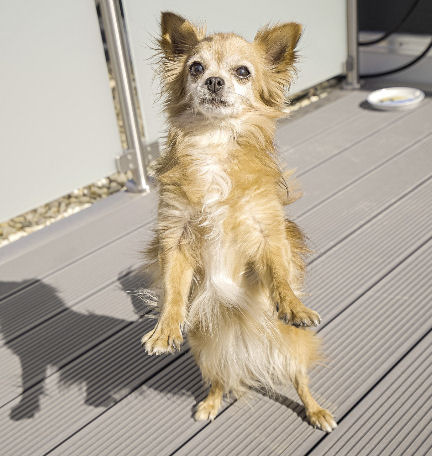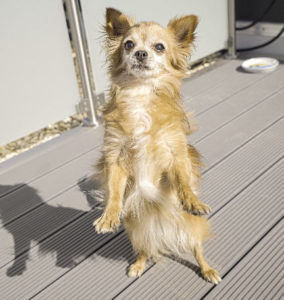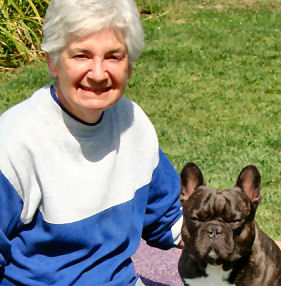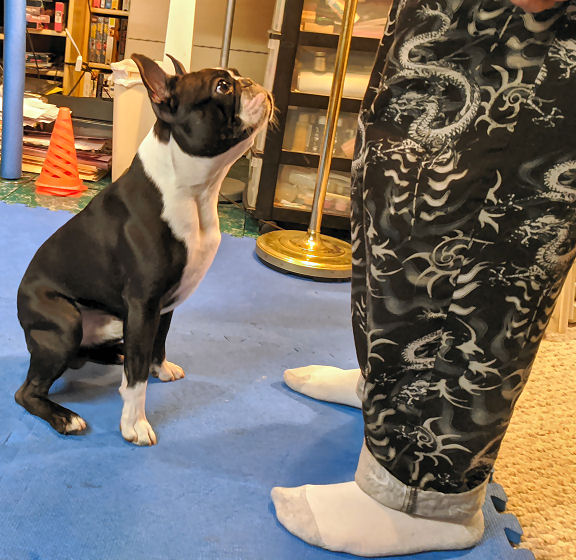With absolutely nothing to do with gender identity, all dogs are binary. It’s the way they think and the way they learn. If you understand that, you can train your dog successfully.
So what do we mean by binary? Dogs don’t understand “maybe” or shades of gray. Things are either yes or no. On or off. Do or do not. There is no try. If you want to communicate to your dog, be clear. You decide the criteria and stick to it. Otherwise, you’ll just confuse your dog.
Stay Means Stay
Two behaviors where we see people waffling with criteria are stays and positions (i.e. Sit, Down, Stand).
In competition Obedience, if your dog moves anything other than their head or tail, it’s not a stay. It’s just not. Any movement of your dog’s feet isn’t a stay. Settling to rest on a hip isn’t a stay. Do you need to hold your dog to that standard? That’s up to you. If you’re fine with your dog’s “stay” being “in the general vicinity” that’s up to you.
The other part of “Stay!” that people muddy up is when the dog is allowed to stop “Staying.” The end of “Stay!” is the release word you’ve taught your dog. The one that lets them know they’re off the clock until you tell them something else to do. If your dog self-releases, that’s not a “Stay.”
To differentiate “Stay!” you may also want to teach your dog a similar behavior with different criteria. “Wait!” could mean a temporary halt, usually while you perform some task. We tell our dogs “Wait!” when we go downstairs to retrieve the laundry. We don’t care what they do once we close the door. Likewise they “Wait!” when we open the door to get the mail. Or when we open the oven so they don’t get burned.
There’s some discussion among trainers on whether to teach “Stay!” at all. Some suggest that your dog should keep doing whatever you told them until released. If you tell your dog to “Sit!” they should just keep sitting until you release them.
It’s up to you. With decades-long habits behind us, it would take more effort than it’s worth to us to stop using “Stay!” We can see the reasoning on both sides of the issue. You choose what works for you.
Be absolutely clear
For dog sports people, “Sit!” and “Down!” have very specific meanings and distinct criteria. But many people, especially in puppy classes, are so happy their dog isn’t jumping around like a nut job that they accept either one, regardless of what they asked for.
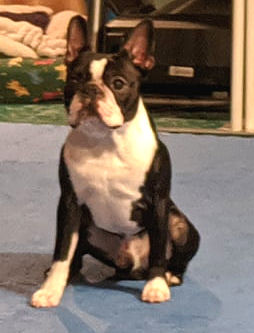
Again, it’s a case of what matters to you. If you don’t care whether your dog knows “Sit!” from “Down!,” that’s fine. But realize that your dog will never understand there’s a difference between them. It’s easy enough to teach your dog positions – a daily minute of Puppy Pushups takes care of it quickly. We recommend throwing “Stand!” into the Puppy Pushups mix. Your dog’s veterinarian and groomer will thank you for it.
Don’t fix the flubs
Say you’ve decided to get nice, clean, crisp Sits, Downs, and Stands. If you think your dog knows it, say it once and wait. As soon as they do it, reward. Five seconds later is too late. Time the reward immediately after the action.
But if you said “Sit!” and your dog went into a “Down!” they’re showing you they’re not sure what you want. Dogs need your feedback. So – Wait. Look at your dog’s butt. Wait a little longer. If the dog doesn’t do it, don’t repeat the command and don’t fall into the trap of “fixing” it. Move a couple feet away and start again.
Attempting to “fix” what the dog got wrong makes it part of the whole “Sit!” experience. If you always have to say it twice, or make a particular motion, your dog doesn’t know the word. They know the whole ritual the behavior has become; say it three times, point at their butt, get a treat and hold it up over their nose.
Keep it simple. Say (or signal) it once. If your dog doesn’t do it, start over someplace else. Commit to clarity for your dog. Remember that dogs are binary. Give them the information they need – yes/no. Off/On. Black/White.
